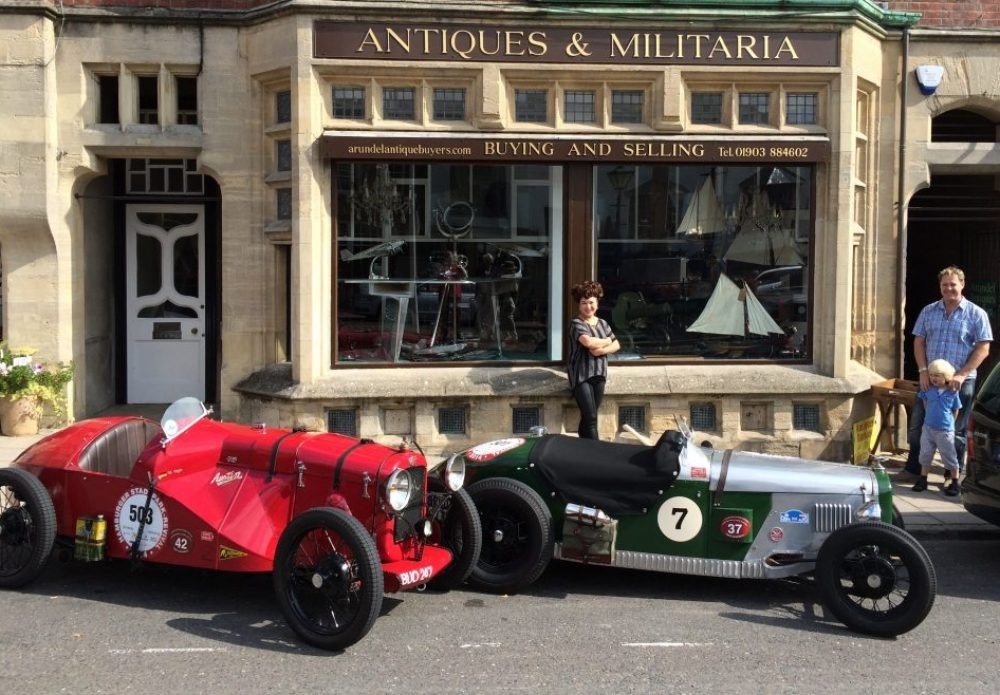Tag Archives: Military Badges
Is It legal To Send Knives And Swords?
As collectors reach a certain time in their lives the question of disposing of their treasures must be considered . Leaving the task of obtaining the correct prices to relatives, or the potentially disastrous lottery of selling at auction are far to common options. Those who put collections together will be aware of the subtleties of each item . To obtain a collection’s full potential it is probably better for the collector to engage in a little market research and set about pricing what they have marketing it while they are in good health .. Antiques and Militaria is the name of our High Street store David Mattey has made his career in Antiques over a 40 Year period . David has eighteen active internet websites covering various areas from Oil Paintings to Clocks ,Jewellery and Militaria . David invites you to make contact and formulate the best strategy for marketing your treasured possessions . Telephone 01903-884602 today and learn more about commission free selling at 100% recorded prices
Is It legal To Send Knives And Swords?

Illegal To Send Knives And Swords?
It Is About To Become Illegal To Send Knives And Sword Through The Post In The U.K. To Private Addresses .

.. Knives Bayonets And Swords Can However Be Sold Directly To Our Specialist High Street Militaria Store And Other Such Specialists.

Auctioneers Will No Longer Post Swords Or Knives To ON-Line Bidders So Auction Prices Are Set To Slump..
. If You Have A Collection To Sell Of Swords, Bayonets And Knives Don’t Panic . Antiques & Militaria Is The Name Of Our High Street Store..
We Buy Collections And Can Arrange Collection For Those Who Are Based Outside Of The Area…
Swords,Antique Guns, Daggers And Bayonets Are Something We Treat With Great Respect.
We Buy Directly From You And We Are Happy To Pay Your Researched Prices In Virtually Every Case.
As Sellers We Take A Responsible Approach Supplying Mature Collectors,Museums and Investment Groups..
Never Will We Supply Juveniles Or People Who Appear Agitated ..
To Sell From A Single Item To A Substantial Collection . Visit Our High Street Store.
“Antiques & Militaria”
18 High Street
Arundel
West Sussex
BN18-9AB
England
EMAIL davidmatteybuyer@gmail.com
Or Call Now —01903-884602
Is It legal To Send Knives And Swords?Benin bronze, Dion Pears, Dogon female figure, Enamel sign dealers, Fine Art Buyers Sussex, hampshire antiques, How To Sell Antiques In West Sussex, JUKEBOX MUSEUM AND SHOWROOM, JUKEBOX SHOWROOM SUSSEX U.K., Keris / Kris, medal buyers, Militaria appraisal days, Military Badges, Paintings required by many of the following artists, R.L.B.Daggers, South Africa Medals, Sussex Antiques Auctioneers, Sussex coin and medal dealers, testimonials for antiques dealers, The Commando Dagger, TOOVY’S AUCTIONEERS, Tribal Art Prices, Uncategorized, wessex coins, zero commission auctions





















